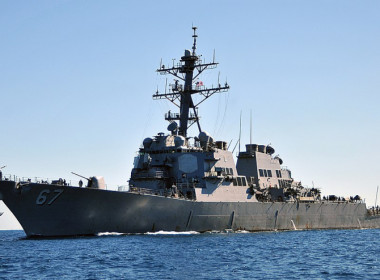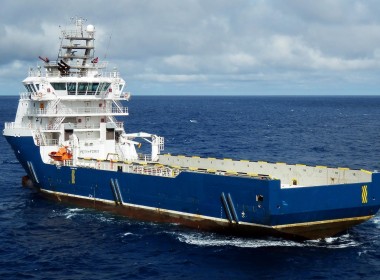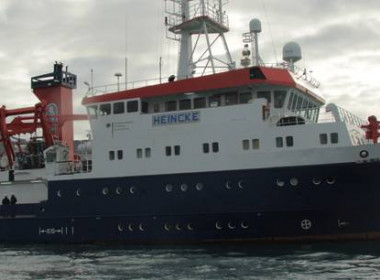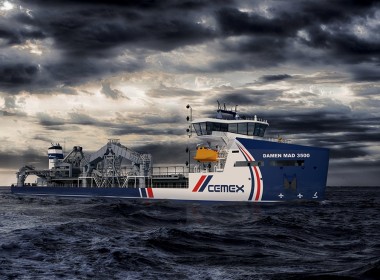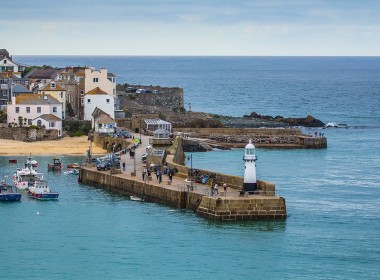FEATURE | UK researchers conduct study on impact of biodegradable plastics on marine ecosystems

A new study by Plymouth Marine Laboratory (PML) in the UK investigates what happens when biodegradable plastics enter the ocean, and whether these increasingly popular alternatives to conventional plastics are safer for marine ecosystems, or whether they come with their own risks.
When the first full synthetic plastic was invented in 1906, widespread use of the material for consumer products soon arose in the post-war period. Plastic was cheaper to produce than the more expensive paper, glass, and metal materials used in throwaway items – such as consumer packaging – and was also stronger, lighter, safer and more durable.
However, the properties of plastic that make it such an attractive material, such as durability and strength, also make it a lasting problem once it reaches the end of its useful life. Some types of plastic can take thousands of years to degrade, and it is estimated that a truckload of plastic enters the ocean every minute.
In response to such concerns, biodegradable plastics – plastics that can break down or “biodegrade” – have been in development since the end of the last century, to achieve similar usage and convenience of traditional plastics, but with the goal of breaking down quickly and harmlessly.
As the global production of biodegradable plastics increases – from 1.5 million tonnes in 2023 to almost 5.3 million tonnes in 2028 – it is critical that the impacts of these materials on the environment be understood. As such, a 12-week study was conducted in the laboratory in PML’s Mesocosm, a facility that enables scientists to conduct research in a controlled aquatic environment to closely simulate natural conditions.
Understanding the full extent of microplastic impact
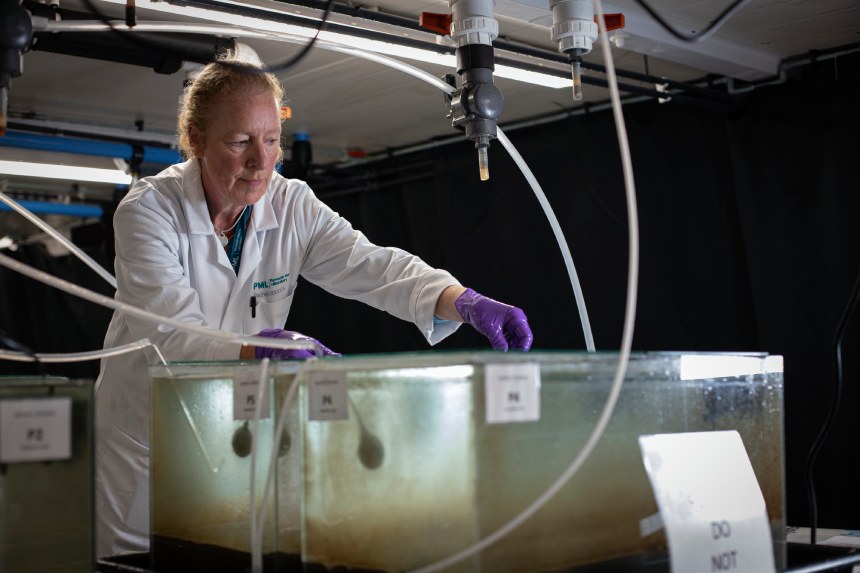
The experiment aims to understand the impact of biodegradable plastic on marine coastal ecosystem processes, and to determine what exactly happens to the plastic once it enters the marine system. It is a collaboration between PML, the University of Plymouth, and the University of Bath, and funded by a NERC Highlight Topic grant.
Dr Rachel Coppock, who has been overseeing the experiment in the Mesocosm, believes that whilst biodegradable plastics pose the potential to reduce the longevity of plastic pollution in the environment, any additives in the plastic may leach out during degradation, and the impact that it may have on fauna or ecosystems is yet to be fully understood.
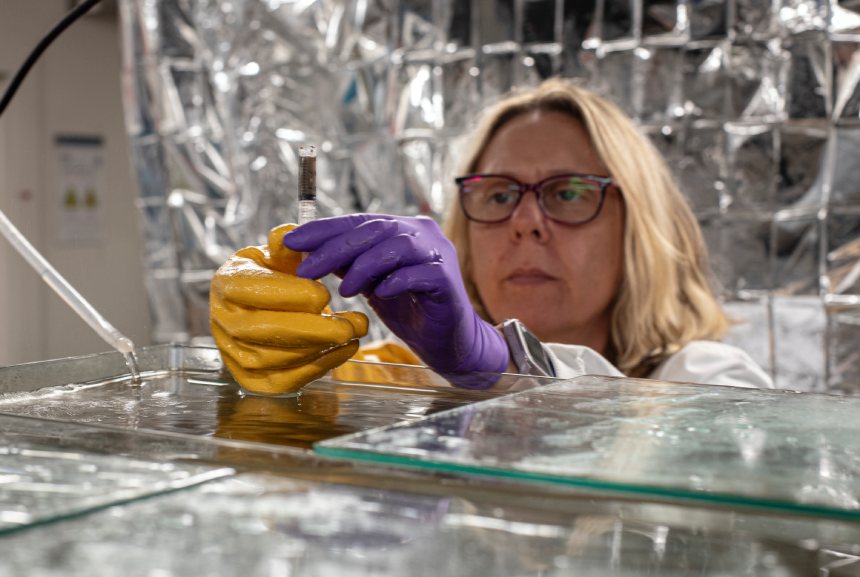
Many biodegradable plastics are not designed to break down in the natural environment, but rather under specific conditions, like industrial composters. When these types of biodegradable plastics end up in the sea, these may take a long time to degrade. One study by researchers at the University of Plymouth found that a biodegradable carrier bag could still hold a full bag of shopping after being submerged in the sea for three years.
Comprehensive analysis ongoing
The experiment in the Mesocosm began by collecting seawater, sediment, and animals from the Plymouth Sound on the PML research vessel Plymouth Quest. These were then divided these into separate tanks, which have controlled conditions to closely resemble the real conditions in the water column. Each tank was later exposed to particles of either biodegradable plastics or traditional plastics.
Three key ecosystem processes are being evaluated:
- The microbial community, which Dr Coppock believes is important in determining biodiversity and ecosystem health
- The downward flux of carbon, from the water column to the ocean depths and seabed
- Bioturbation, or the mixing of sediment by burrowing animals, which is important for oxygenating sediments, nutrient cycling, sediment stability, and carbon sequestration
The study will also investigate the fate of the plastics themselves. This will entail analysis of the collected animals, water, and sediment with researchers from the University of Plymouth to identify where the plastic particles end up.
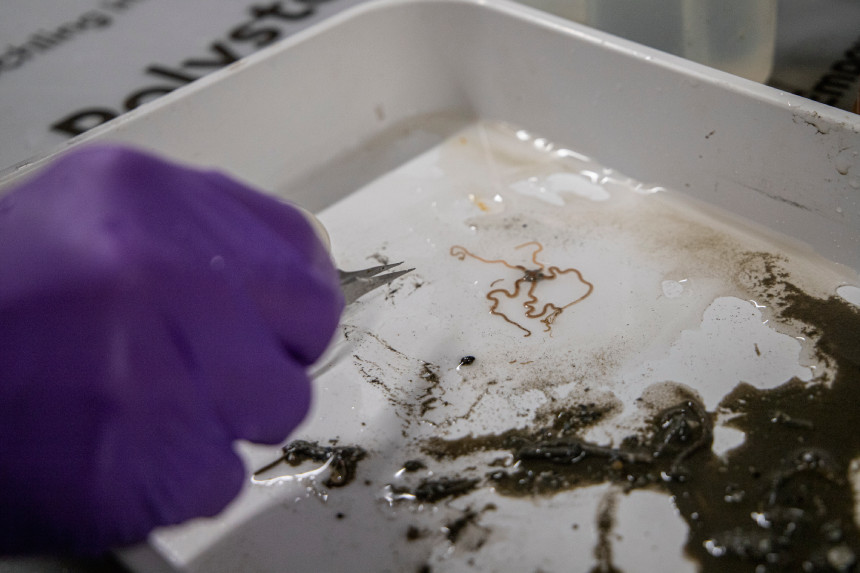
The experiment concluded in December, allowing PML to thoroughly evaluate any findings. Dr Coppock and her team hypothesise that both biodegradable and conventional plastic particles will be found in all compartments of the system, including buried in the sediment, within the animals, and in the water. Altered sinking rates of copepod faeces (biological carbon pump) and a shift in microbial community composition may also be identified.
The PML concluded by saying updates on the study will be shared at a later date.


